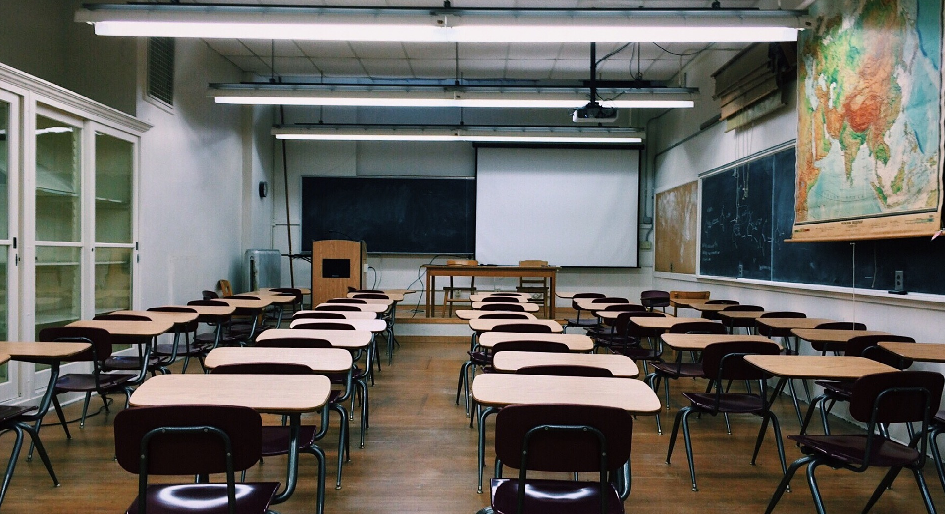School buildings that are 40-plus years old or more have been shown to pose barriers to teaching and learning, says the U.S. National Center for Education Statistics.
While some of these educational institutions have been updated and remodelled, making them more comparable to newer buildings, most have failing infrastructure and inadequate design, which can affect the educational experience. According to a 2014 study by the nation’s Council of Great City Schools, children in schools with inadequate or substandard conditions had achievement test scores five to 11 per cent lower than those in newer, updated and more modern schools.
Canada’s aging schools are also at risk. Experts warn the repair backlog has tripled in the past 15 years to $16 billion for Ontario schools. In Quebec, approximately 75 per cent of all primary school buildings are in bad or very bad shape, according to a recent provincial government evaluation. An additional 47 per cent of high schools are in serious need of repair.
The ‘write’ environment
School districts that are grappling with decades-old, poorly performing buildings need to view these schools not as problems but as 21st century opportunities.
When planning an update for older schools, administrators have the chance to implement green, sustainable and high-performance design solutions. Taking an environmentally focused design approach can help transform these facilities into healthier and higher quality buildings that foster teaching and learning. It can also have a considerable impact on the local community. In many ways, schools are the foundation of a neighbourhood. When they improve, so do their surroundings.
Turning over a green leaf
A ‘green’ school is constructed with products and materials that have a reduced impact on the environment when compared to similar products. However, a green school isn’t necessarily sustainable. To be considered as such, the school must use building materials and construction methods that will improve it today without jeopardizing the use of these materials and products for future generations.
Sustainability goals include curtailing or eliminating the consumption of non-renewable materials, as well as reducing waste; regularly measuring and monitoring the use of natural resources by using ‘sustainability dashboard’ technologies; and, key to the process, providing transparency. This is accomplished by employing engagement tools — essentially large television monitors connected to sustainability dashboards — that translate hard-to understand consumption metrics into easy-to-understand terminology.
Sustainable building strategy
In the U.S., the Collaborative for High Performance Schools (CHPS) is helping educational institutions construct and operate high-performance buildings, through the provision of information, resources and its green building rating program that’s specifically designed for K-12 schools. According to the non-profit, a high-performance school is both green and sustainable. It is energy and resource-efficient, as well as healthy, comfortable and well-lit to enhance pupil performance and make the entire school experience more effective and rewarding for both students and teachers.
The true cost
But where is the money going to come from to update older schools? And are political leaders willing to spend it? In Canada, all levels of government (federal, provincial and municipal) should step up and pitch in as the state of the country’s educational institutions is a nationwide concern. Further, school funding programs need to be more equalized. Across North America, these programs often favour wealthier areas that pay more in tax dollars.
Now is the time to view updating older institutional infrastructure as an investment opportunity in not only these school buildings but the country’s future. Investment in school retrofits and renovations creates jobs, produces tax dollars, builds community pride and, most importantly, helps enhance the education of millions of children, producing dividends that keep on paying.
Stephen P. Ashkin is president of The Ashkin Group, a consulting firm that specializes in green cleaning and sustainability. This article was first published in CFM&D’s June 2019 issue.




